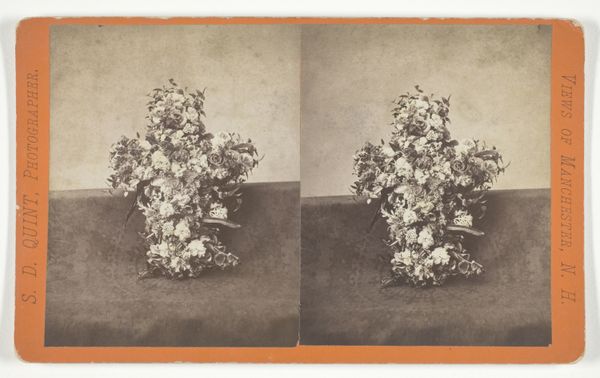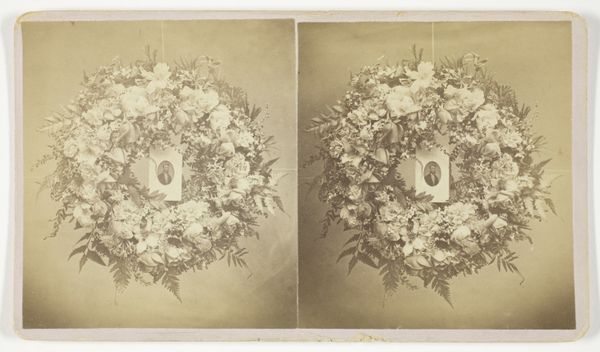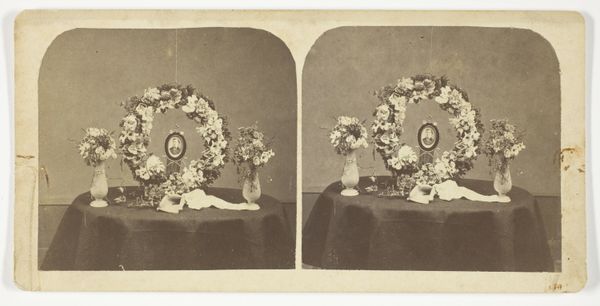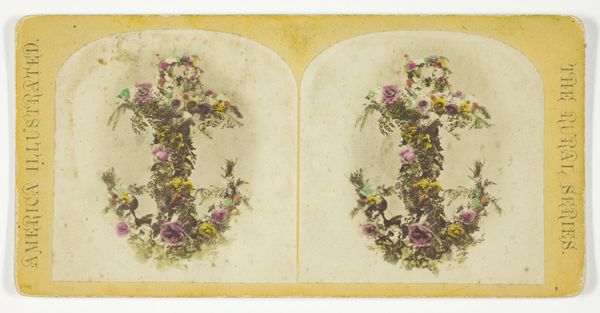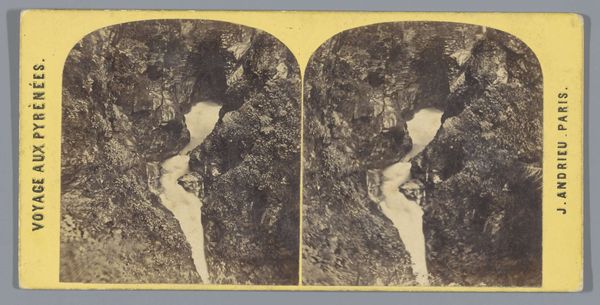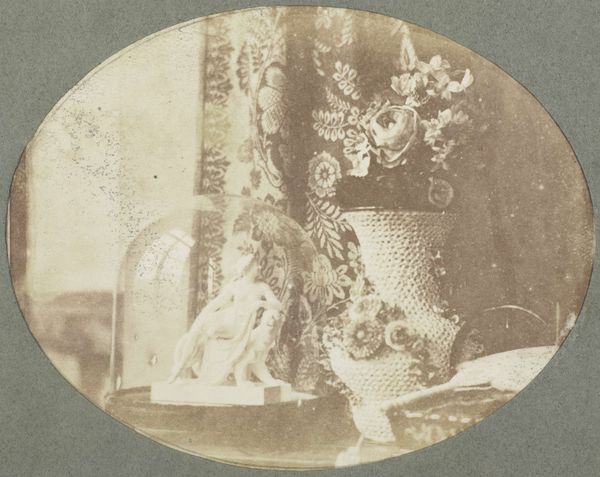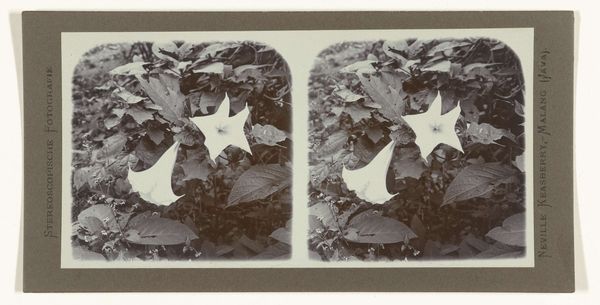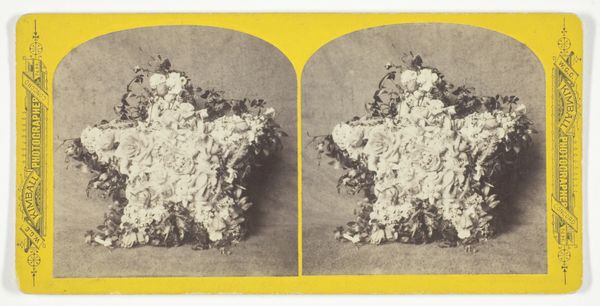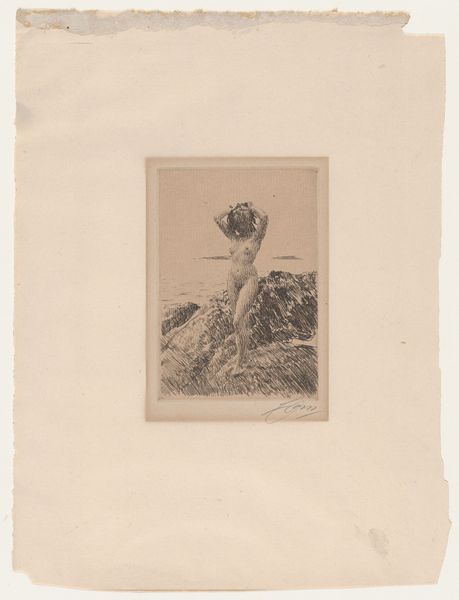
photography, albumen-print
#
portrait
#
still-life-photography
#
16_19th-century
#
photography
#
botanical art
#
albumen-print
Dimensions: 7.9 × 7.5 cm (each image); 8.5 × 17.5 cm (card)
Copyright: Public Domain
Curator: Here we have an albumen print, an "Untitled" piece by C.H. Freeman from 1874. It's a stereograph of a flower wreath; these images were often viewed using a special viewer, making the scene appear three-dimensional. What's your initial impression? Editor: Somber beauty, definitely. The monochrome palette mutes the exuberance we usually associate with flowers. It feels… memorial, almost like a memento mori turned into something graceful. Curator: Precisely! Wreaths have long been associated with cycles, memory, and eternity, and the presence of a commemorative inscription suggests that this specific floral arrangement holds an emotional significance for its recipient. Editor: Looking at the specific blossoms—roses, it seems, and some smaller wildflowers—I wonder about the symbolic weight given to each species. Was there a deliberate language being communicated through this choice of blooms, like the Victorian practice of floriography? Curator: Absolutely. Back then, each bloom could carry messages. I’d have to look closer, but even the arrangement, the way the flowers are interwoven, contributes. Notice how they form a halo or gateway. Editor: The sepia tones add a layer, too, a hazy distance. Albumen prints often give this warm depth; there is so much tone there to create depth from highlights through browns. You see the texture, even in a reproduction. Curator: Think about photography itself, still relatively new then. Choosing photography over painting to preserve the memory feels so poignant; the choice lends gravity and directness to that emotional impulse. Editor: It does—but I feel it transforms the mourning, from a deeply individual act into a curated display, preserved and multiplied through photographic means. Does the act of documenting sorrow dilute its impact or amplify it? Curator: I'd wager on amplify. There’s a ritual aspect to preserving ephemera this way, an almost compulsive urge to keep those we lose alive. The technology captures the sentiment, the shared language of mourning in bloom. It is the material capturing memory, transformed in the archive. Editor: It's striking how an "Untitled" image manages to say so much! I see a blend of fragility and persistence here. It leaves you contemplating impermanence in its most elegant dress. Curator: Indeed, it causes one to pause. There is something incredibly grounding about observing images with strong connections to our history. It helps connect me to past ways of viewing.
Comments
No comments
Be the first to comment and join the conversation on the ultimate creative platform.
